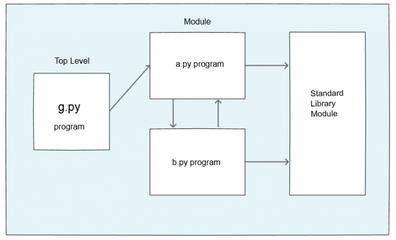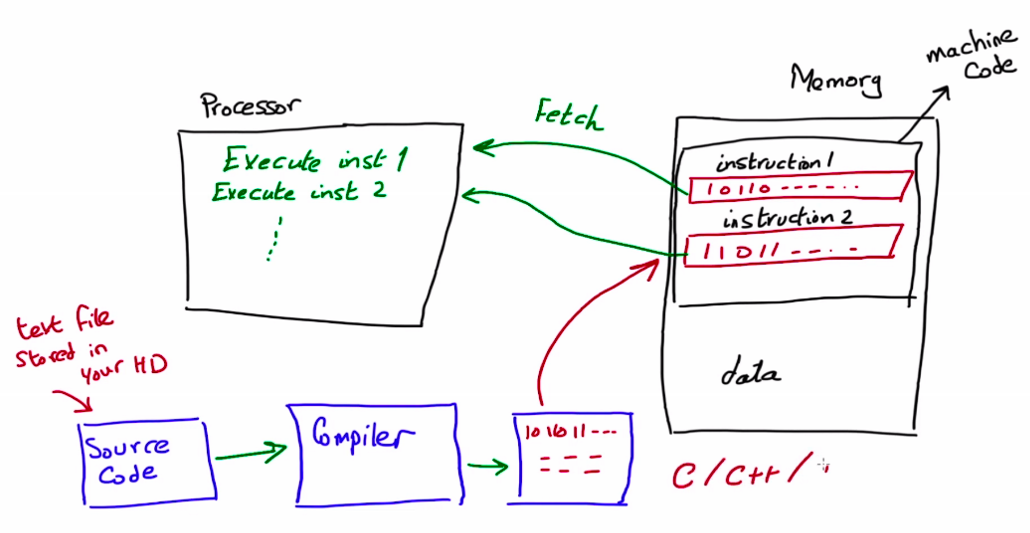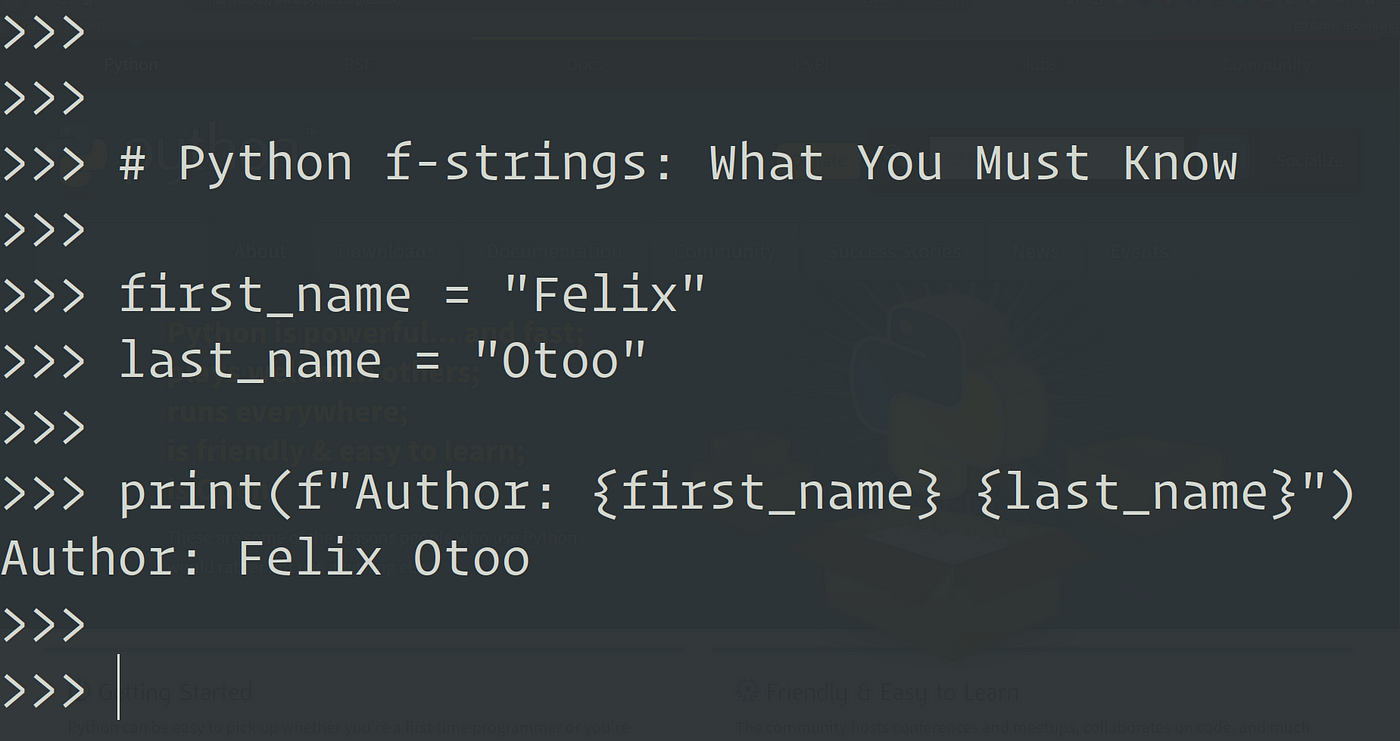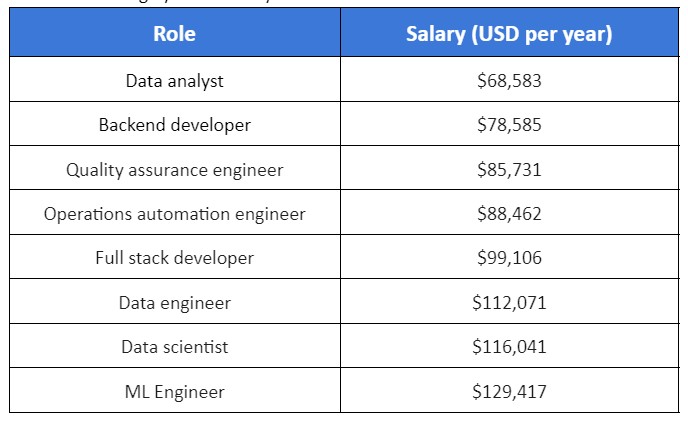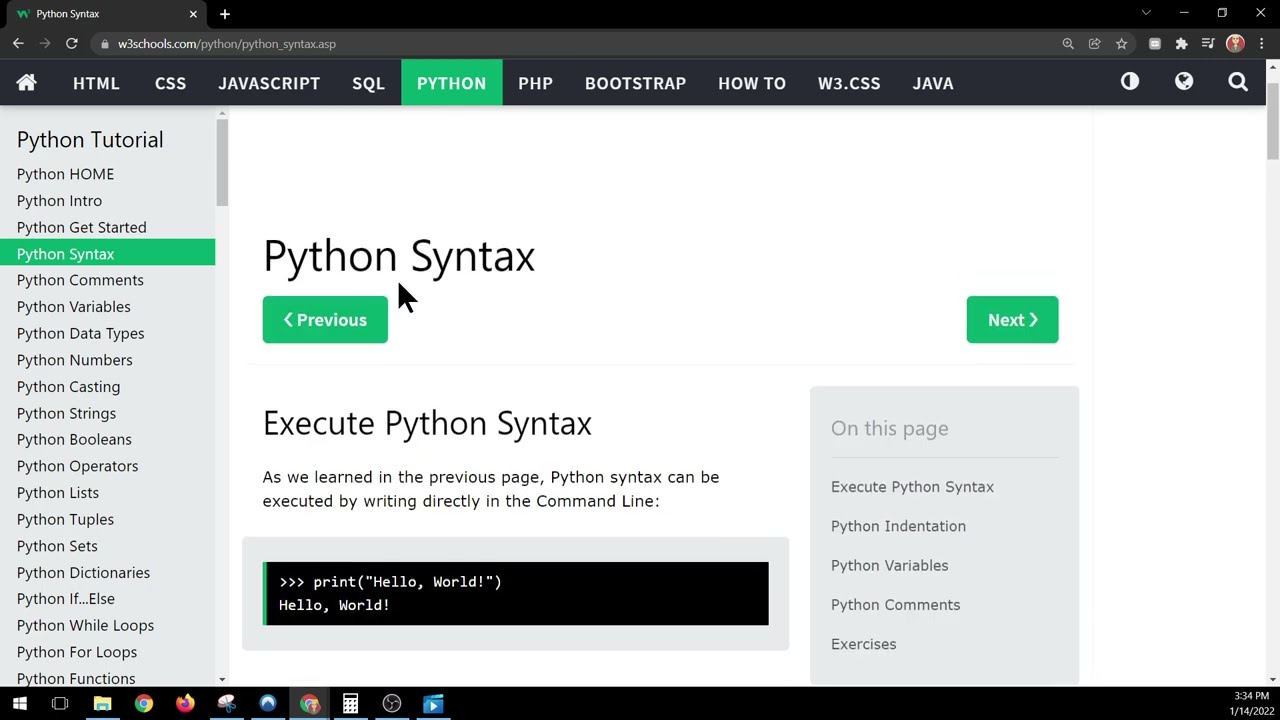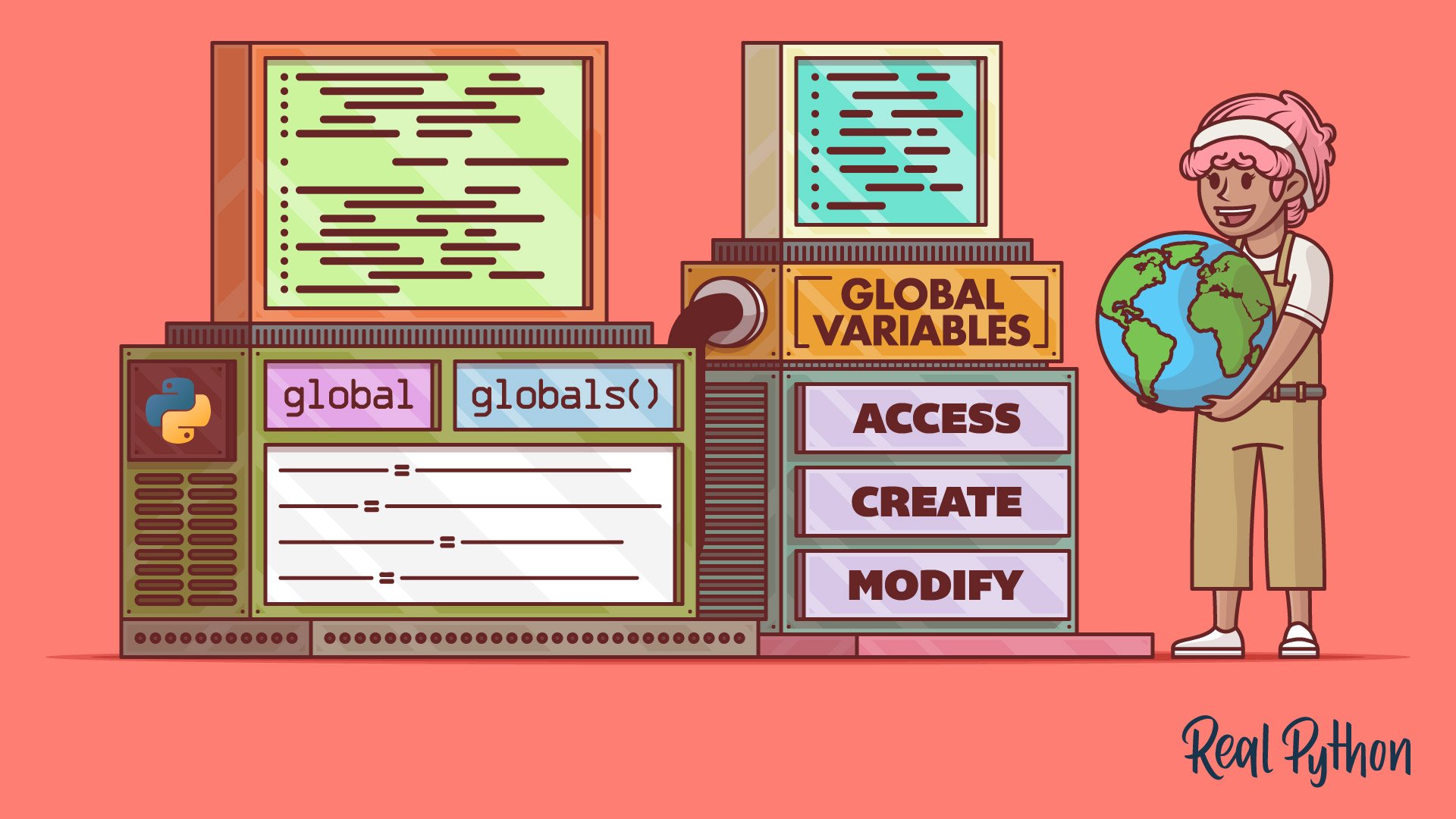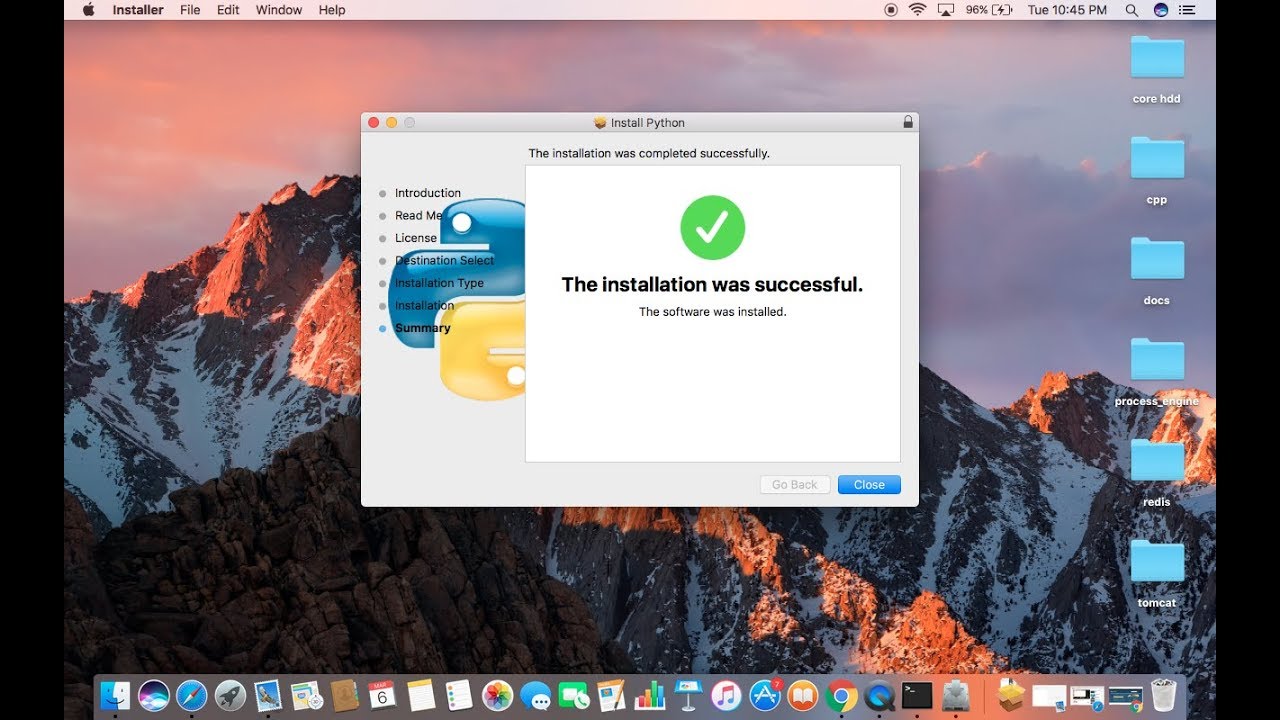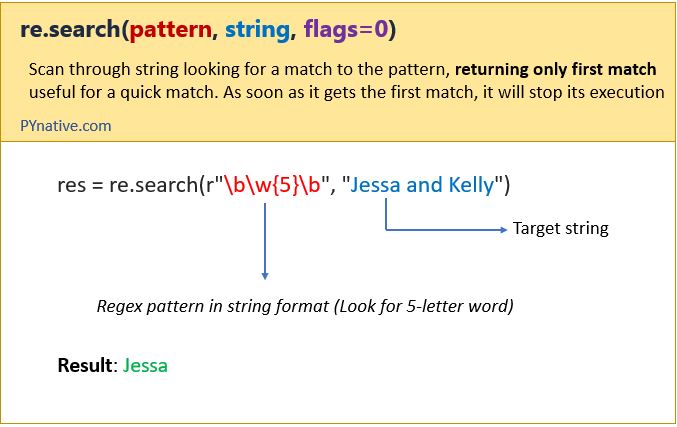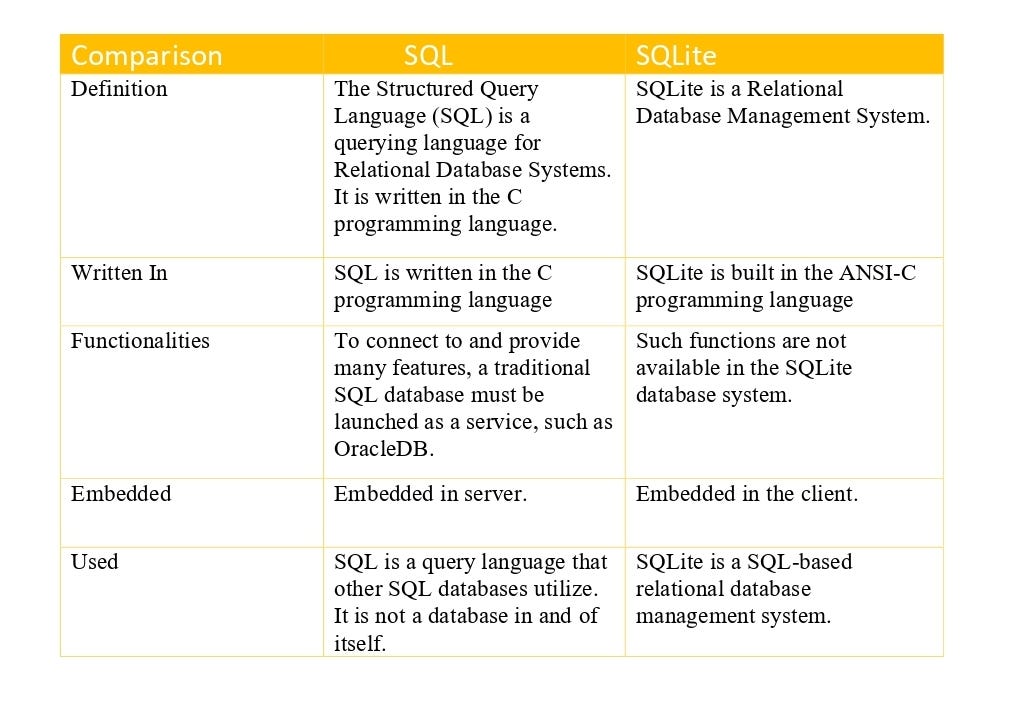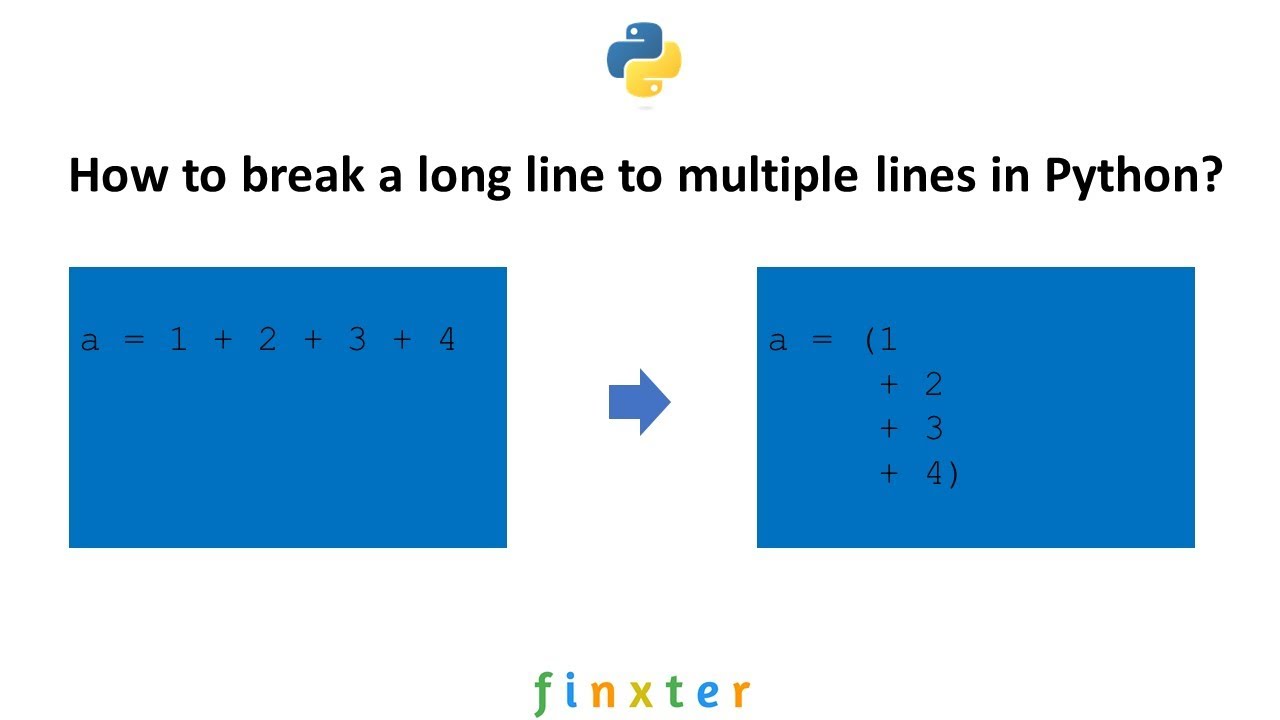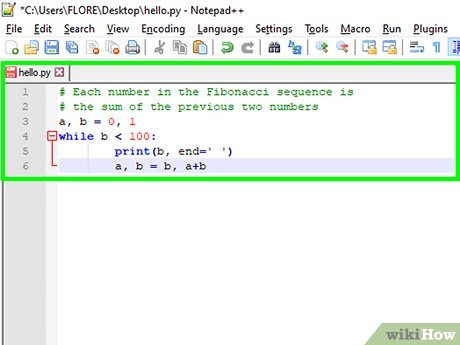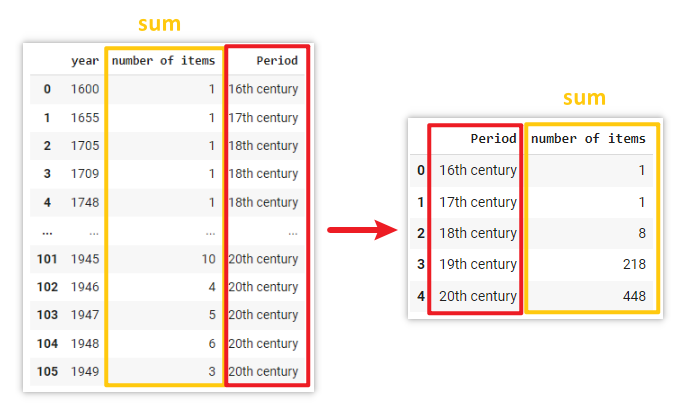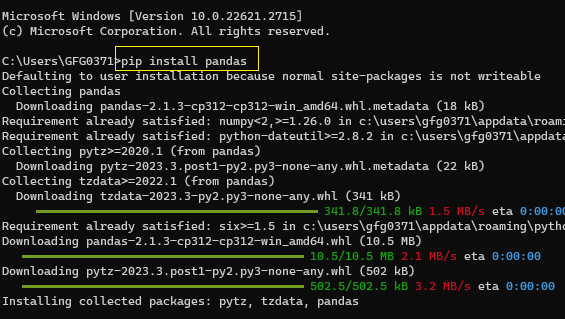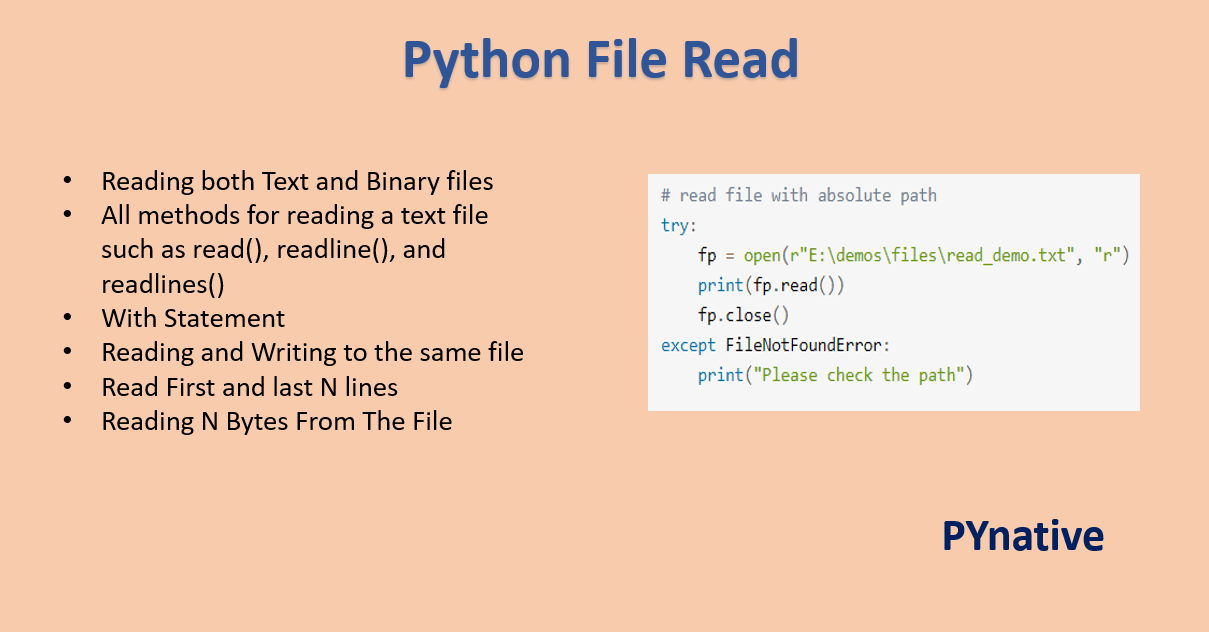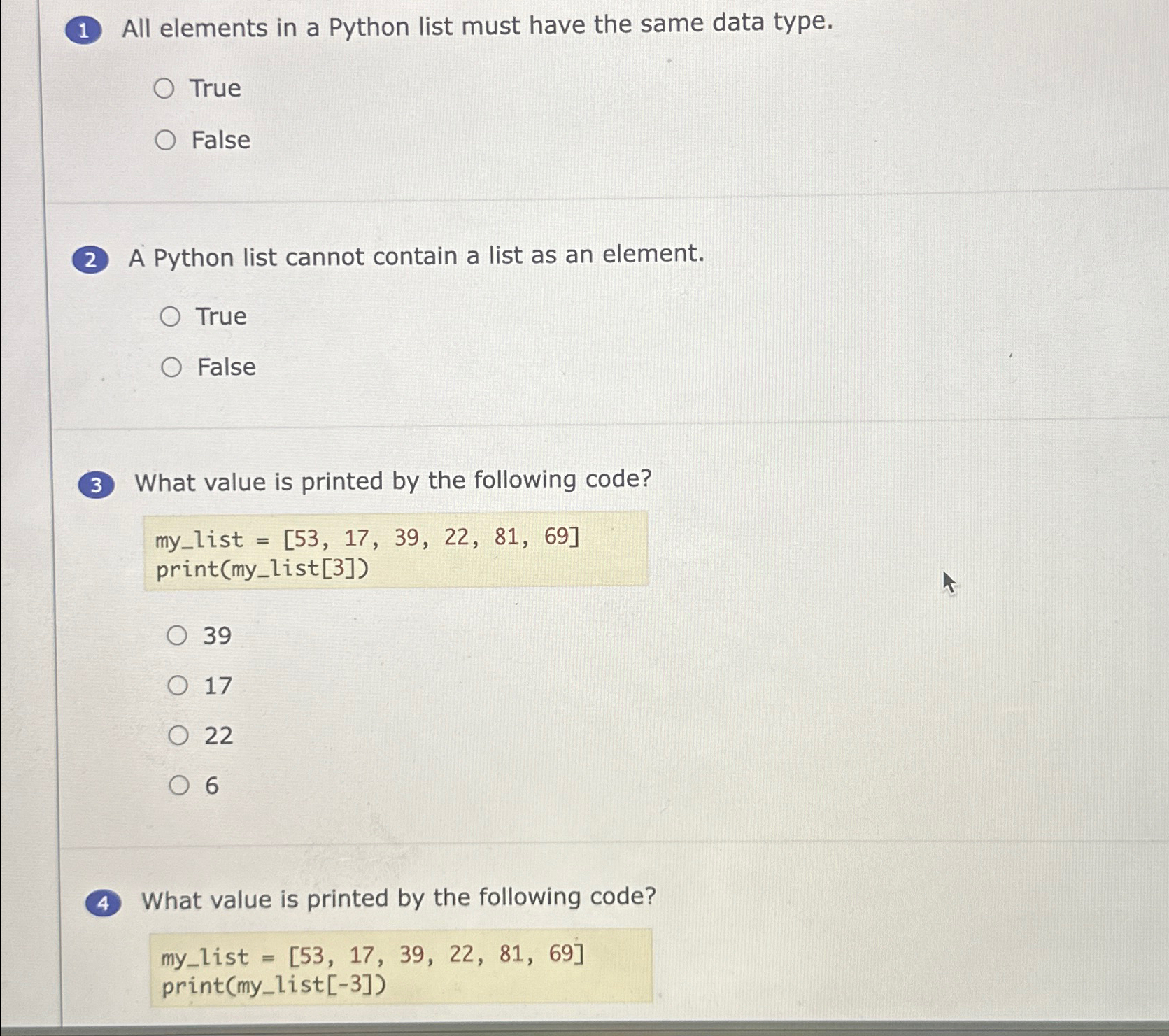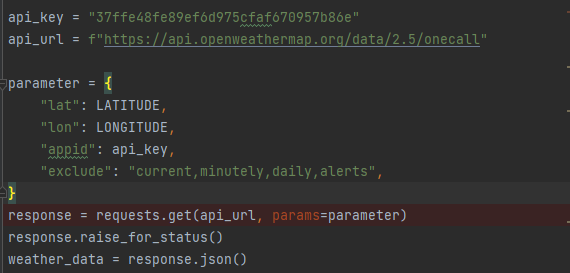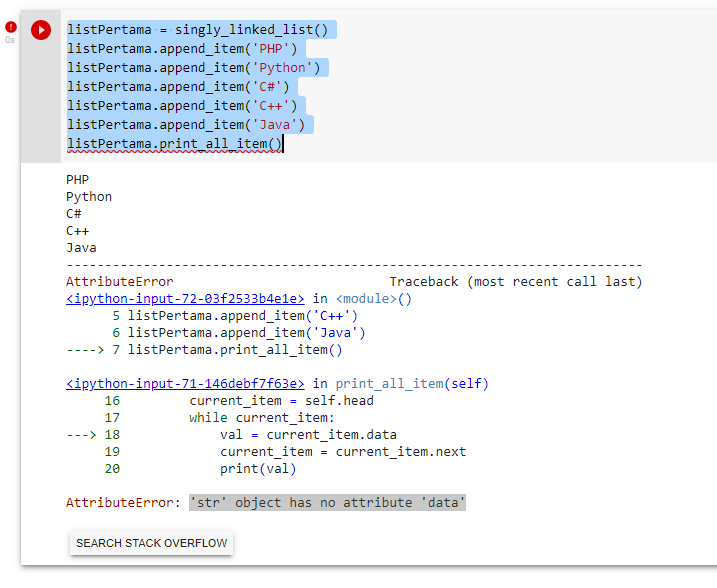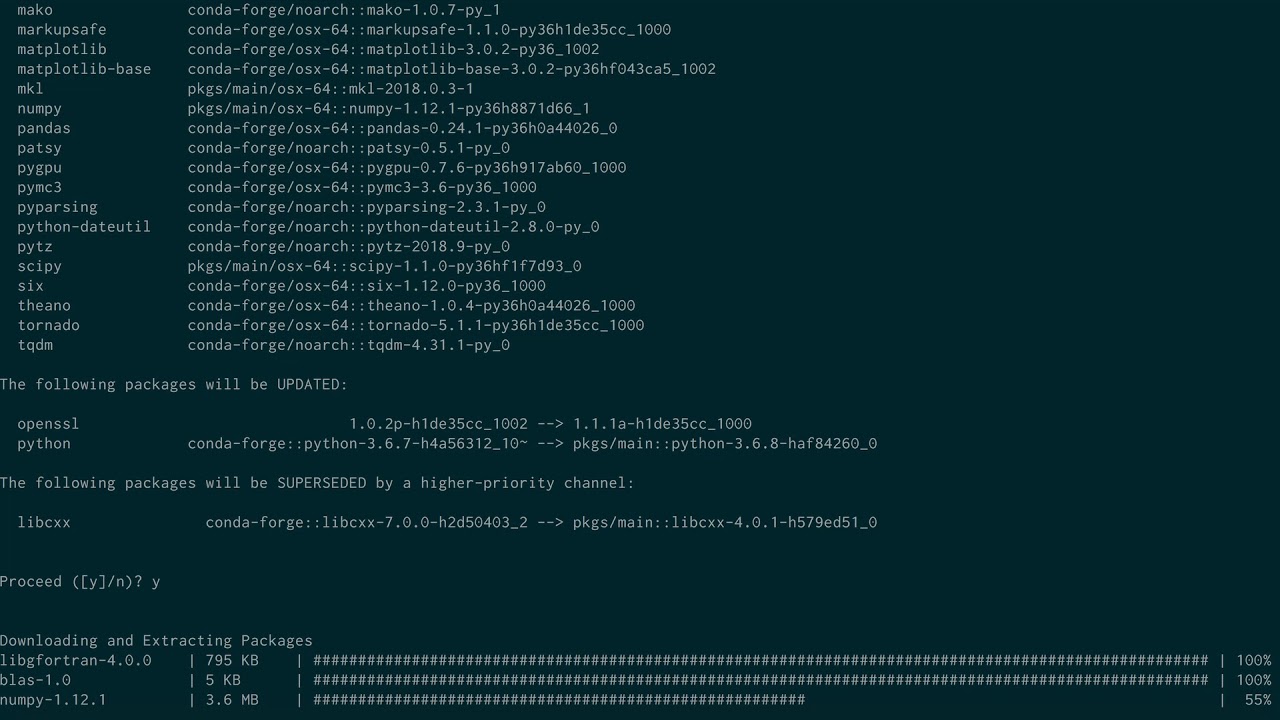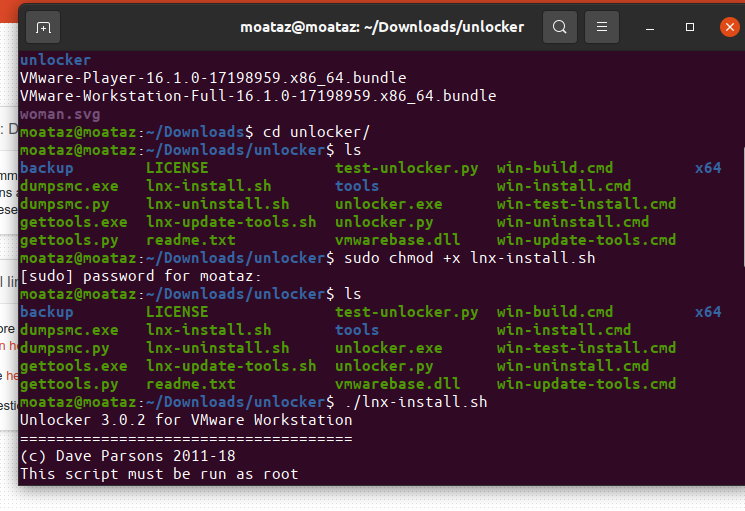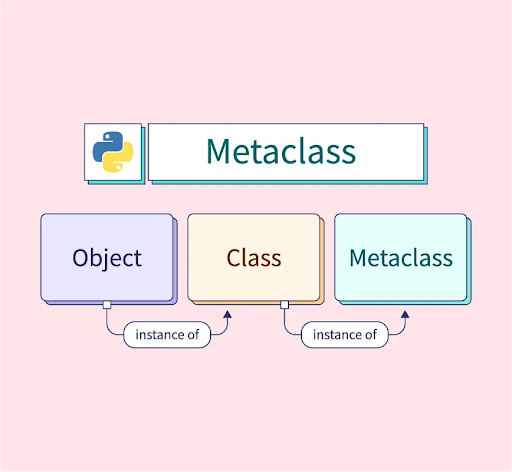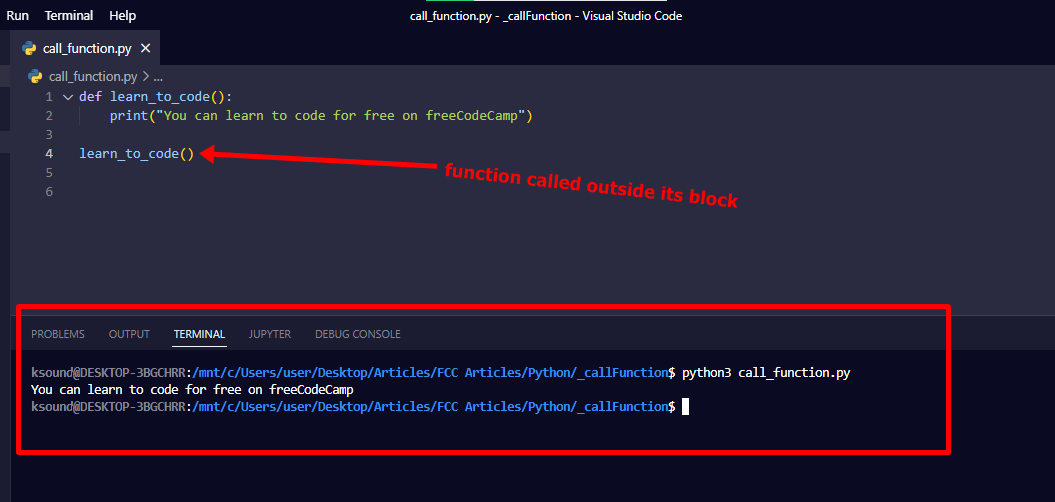What is list comprehension in Python with example?
What is list comprehension in Python with example?

List comprehension! It's a powerful feature in Python that allows you to create new lists from existing ones by performing operations on each element.
What is List Comprehension?
In simple terms, list comprehension is a concise way to create a new list from an existing one by applying a transformation or filter to its elements. It's essentially a shorthand for using a for loop and conditional statements to create the new list.
Here's a basic syntax:
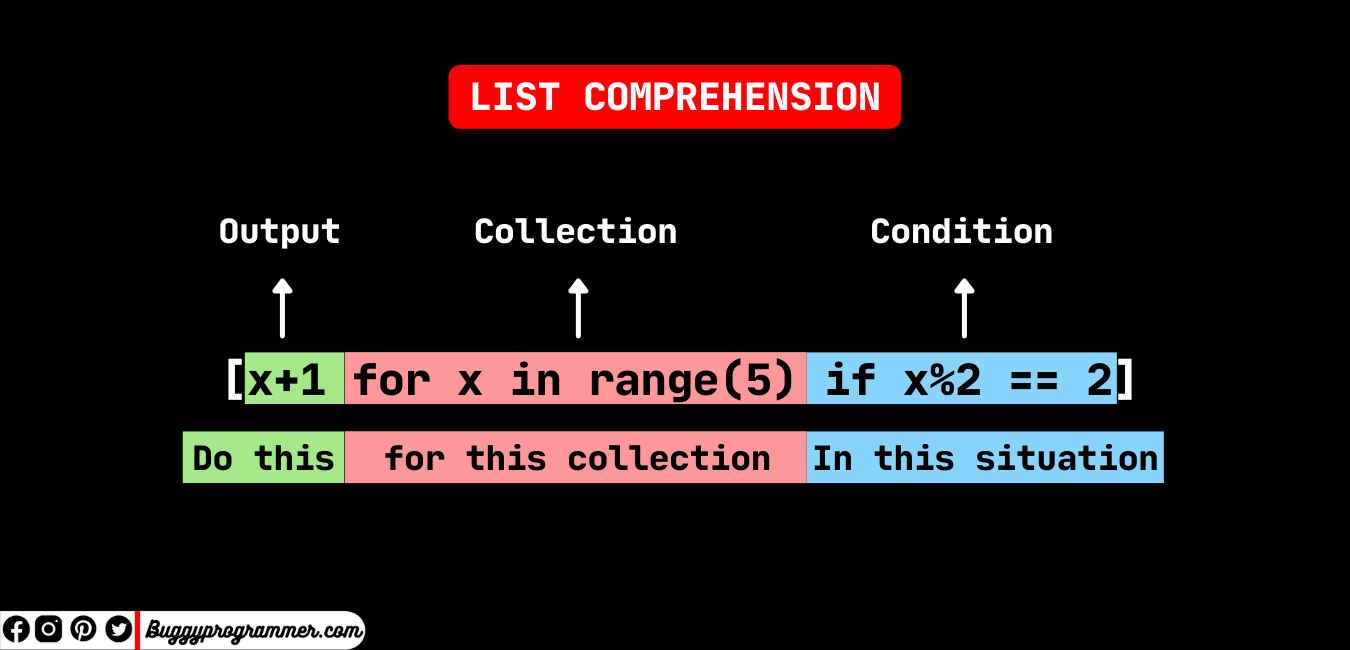
new_list = [expression(element) for element in old_list]
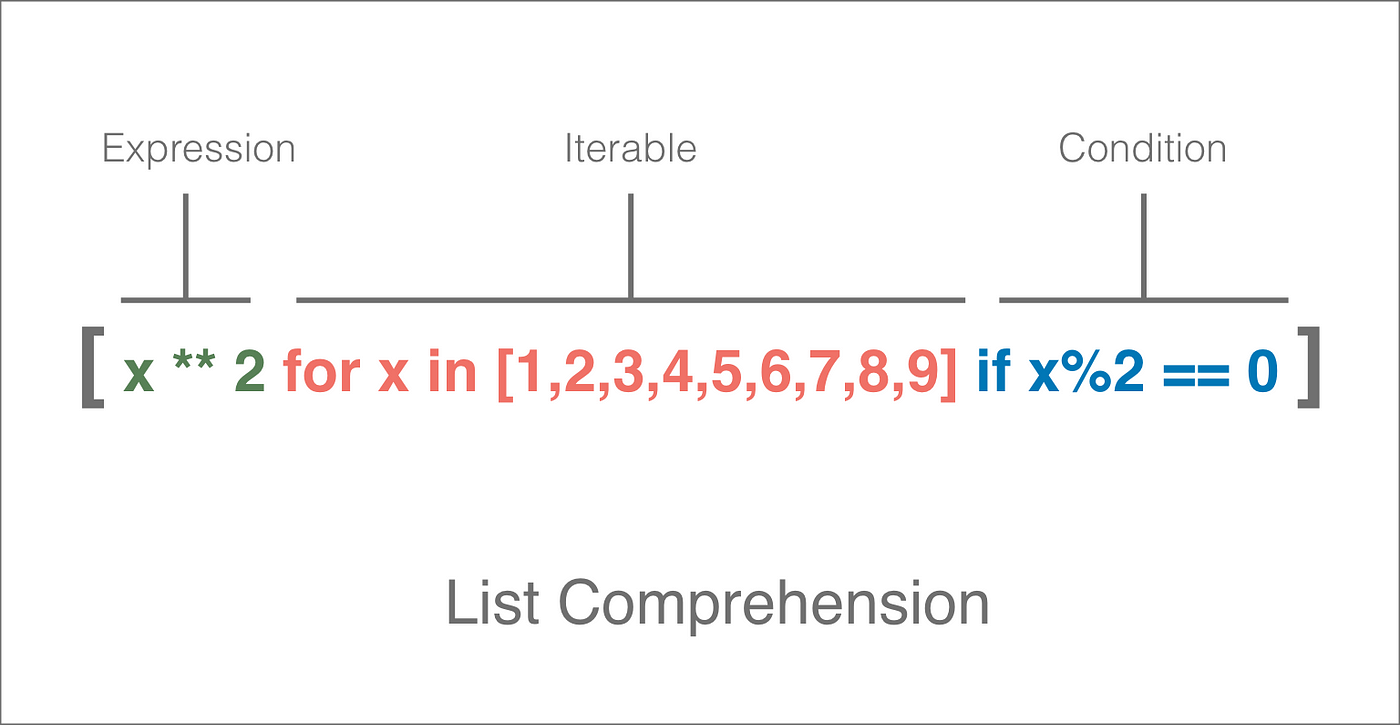
Example 1: Squaring Numbers
Let's say you have a list of numbers [1, 2, 3, 4, 5] and you want to create a new list with the squares of each number:
numbers = [1, 2, 3, 4, 5]squares = [x**2 for x in numbers]
print(squares) # Output: [1, 4, 9, 16, 25]
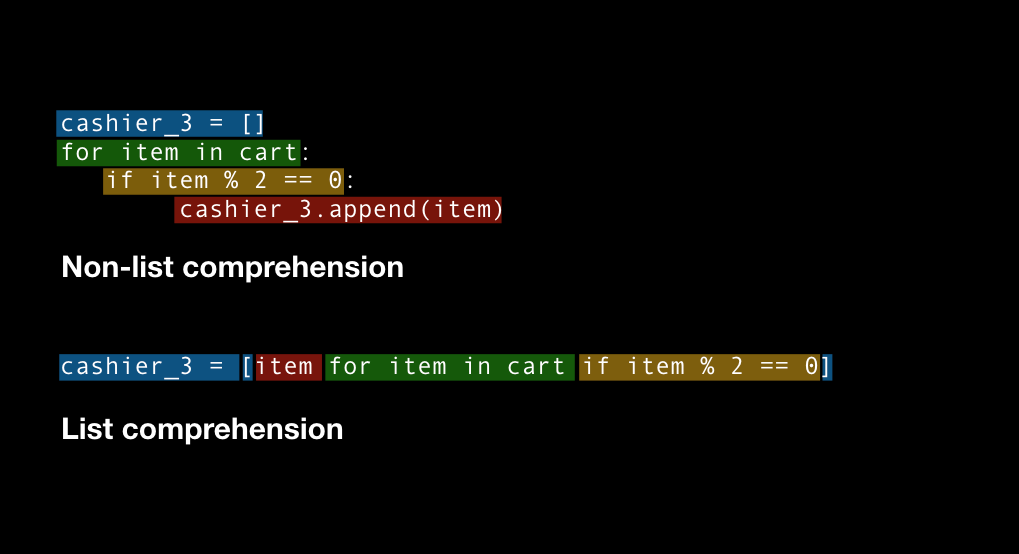
In this example, the list comprehension [x**2 for x in numbers] creates a new list squares with the squares of each number in the original list.
Example 2: Filtering Even Numbers
Suppose you have a list of numbers [1, 2, 3, 4, 5, 6] and you want to create a new list with only the even numbers:
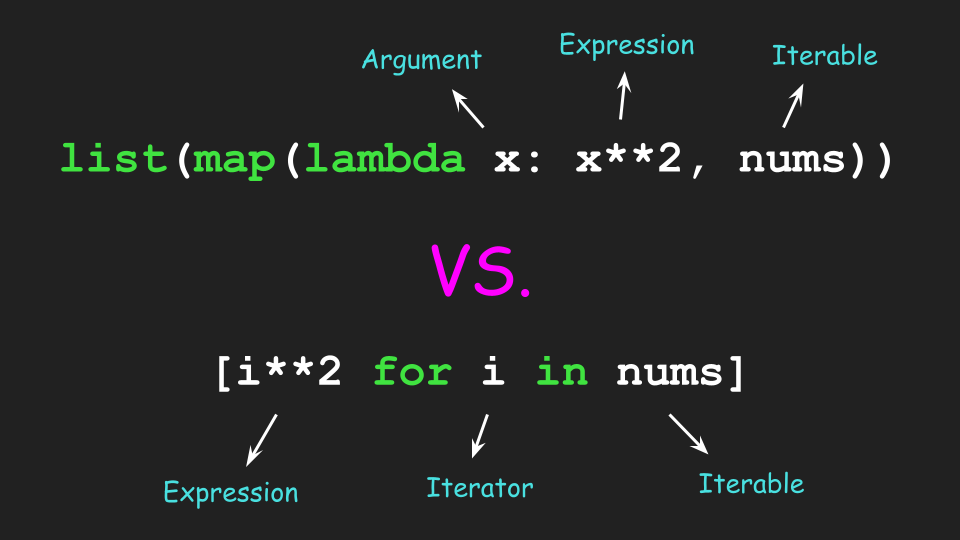
numbers = [1, 2, 3, 4, 5, 6]even_numbers = [x for x in numbers if x % 2 == 0]
print(even_numbers) # Output: [2, 4, 6]
Here, the list comprehension [x for x in numbers if x % 2 == 0] creates a new list even_numbers with only the even numbers from the original list.
Example 3: Converting Strings to Uppercase
Let's say you have a list of strings ['hello', 'world', 'python'] and you want to create a new list with all strings converted to uppercase:
strings = ['hello', 'world', 'python']upper_strings = [s.upper() for s in strings]
print(upper_strings) # Output: ['HELLO', 'WORLD', 'PYTHON']
In this example, the list comprehension [s.upper() for s in strings] creates a new list upper_strings with all strings converted to uppercase.
Benefits of List Comprehension
List comprehensions have several advantages:
Concise: They're often shorter than equivalent code using loops. Efficient: They can be faster because they use less memory and are optimized by Python's interpreter. Readability: They can make your code more readable, as the intent of the code is explicitly stated.In conclusion, list comprehension is a powerful feature in Python that allows you to create new lists from existing ones by performing operations on each element. With examples like squaring numbers, filtering even numbers, and converting strings to uppercase, you can see how list comprehensions can simplify your coding life!
List comprehension python for loop example
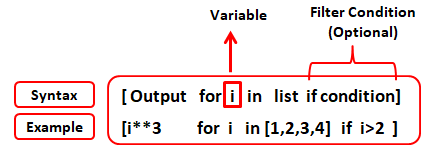
Here are some examples of using list comprehensions and for loops in Python:
List Comprehension
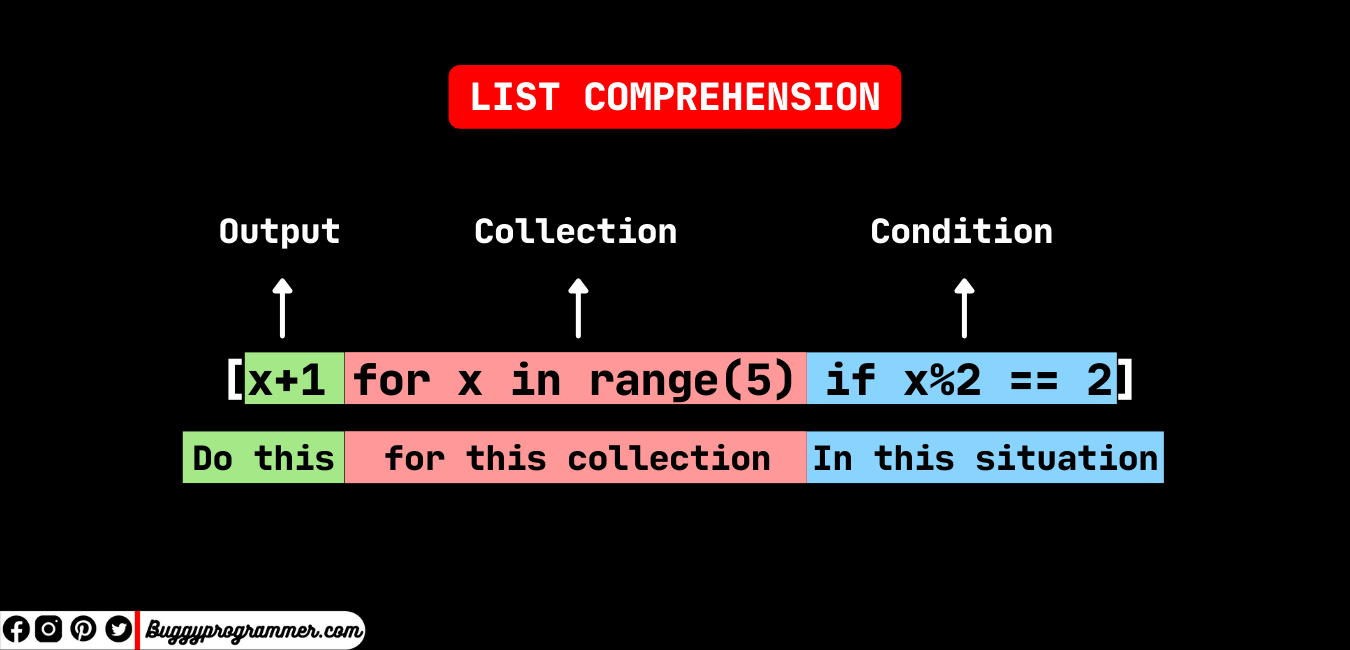
A list comprehension is a concise way to create a new list from an existing iterable by applying a transformation or filtering function. It's a single line of code that achieves the same result as multiple lines of code with a for loop.
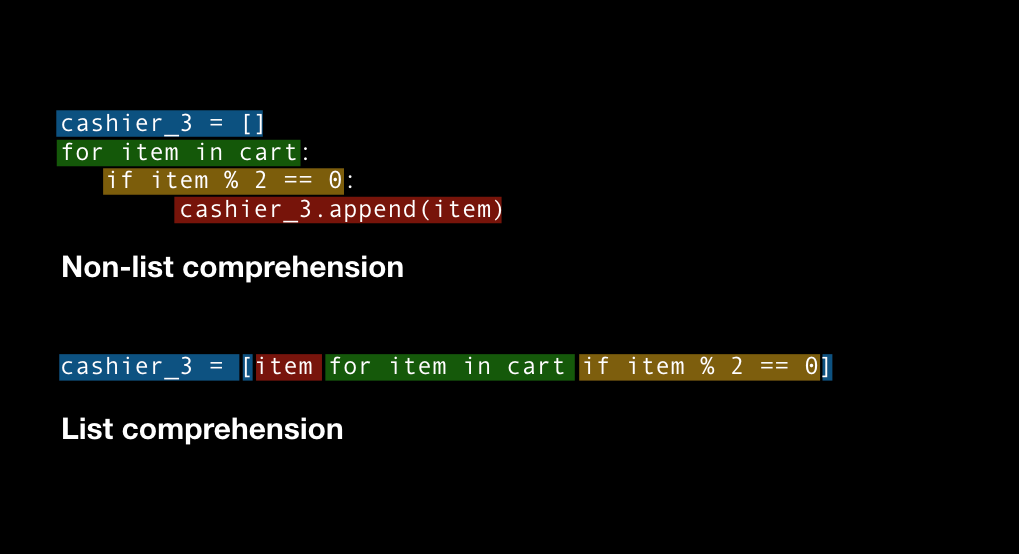
Example:
numbers = [1, 2, 3, 4, 5]
squared_numbers = [x**2 for x in numbers]
print(squared_numbers) # Output: [1, 4, 9, 16, 25]
In this example, the list comprehension creates a new list squared_numbers by squaring each number in the original list numbers. The resulting list contains the squares of the original numbers.
For Loop
A for loop is a more traditional way to iterate over an iterable and perform some action. It's useful when you need to perform multiple operations or access multiple values at once.
Example:
numbers = [1, 2, 3, 4, 5]
result = []
for x in numbers:
result.append(x**2)
print(result) # Output: [1, 4, 9, 16, 25]
In this example, the for loop iterates over each number in the numbers list and appends its square to a new list result. The resulting list contains the squares of the original numbers.
Comparison
Here's a comparison of list comprehensions and for loops:
| | List Comprehension | For Loop |
| --- | --- | --- |
| Readability | Concise, easy to read | More verbose, harder to read |
| Performance | Fast, optimized by Python | Slower, not as optimized |
| Use cases | Simple transformations, filtering | Complex operations, multiple values |
When to use each
Use list comprehensions for: Simple transformations Filtering Creating a new list from an existing iterable Use for loops for: Complex operations Accessing multiple values at once Performing multiple actionsConclusion
In conclusion, both list comprehensions and for loops are useful tools in Python. List comprehensions are concise and optimized for simple transformations, while for loops are more flexible and suitable for complex operations. Choose the right tool for your specific problem to write clean, efficient, and readable code!
